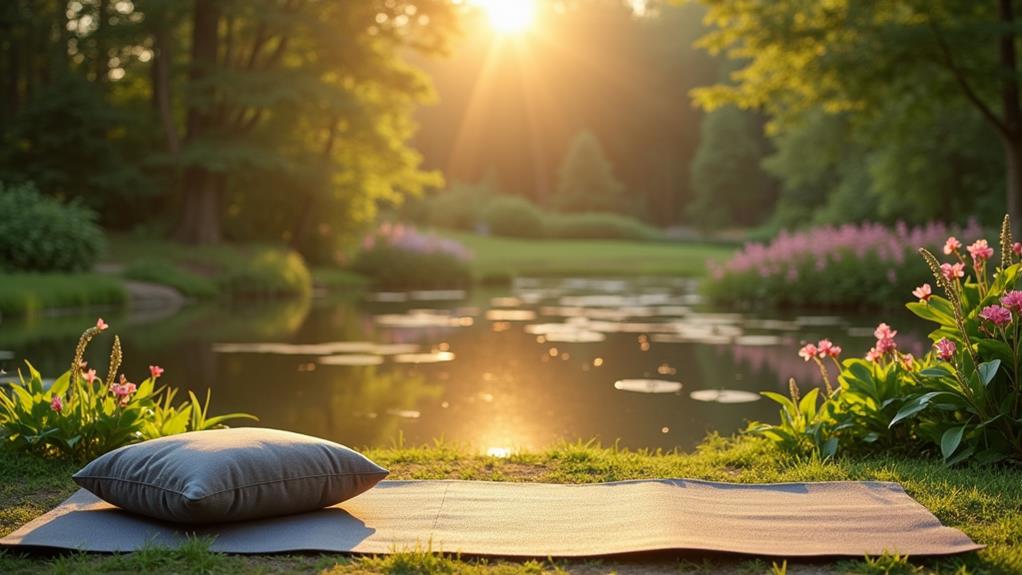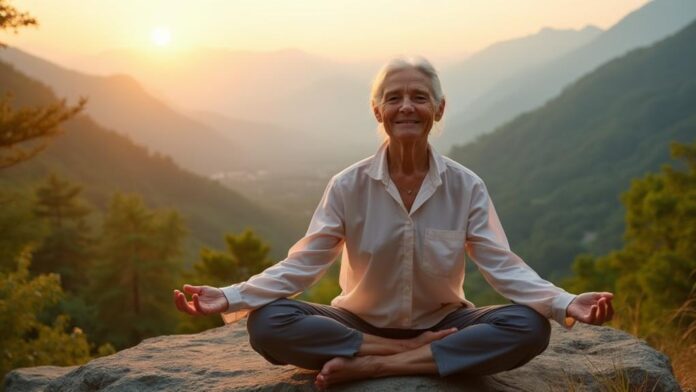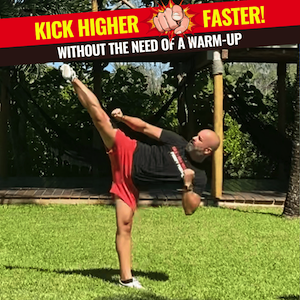As an older practitioner, you'll achieve more by focusing on realistic, health-oriented goals that prioritize overall well-being over intense physical performance or perfection. You should aim for at least 150 minutes of moderate aerobic activity weekly, broken into manageable sessions, and incorporate mental exercise like reading or puzzles for 30-60 minutes daily. Setting SMART goals that align with your physical abilities and health status will help you stay on track. By starting small and tracking progress, you'll be more likely to stick to your routine and make lasting changes. There's more to discover on creating a tailored plan that suits your needs.
Training Objectives for Older Adults
As you approach older age, setting realistic training objectives becomes increasingly significant for maintaining your overall health and well-being. Your goals should focus on enhancing physical health, aiming for at least 150 minutes of moderate aerobic activity each week. This level of physical activity is essential for reducing health risks such as cardiovascular disease and diabetes.
You'll also want to prioritize mental exercise, incorporating activities like reading or journaling for 30-60 minutes daily to help maintain cognitive function and prevent memory loss.
In addition to physical and mental exercise, social support is important for emotional well-being. You should aim to connect with at least one new person each week to combat loneliness and enhance your support network.
Cognitive engagement is also key, and you can stimulate this by setting realistic learning goals, such as participating in a new computer program or taking a class in a subject of interest. By setting and achieving these goals, you'll foster a sense of accomplishment and improve your overall health, enabling you to thrive as a senior.
Setting Realistic Fitness Goals
You've established a foundation for overall health and well-being by setting objectives for physical and mental exercise, social support, and cognitive engagement.
Now, it's time to focus on setting realistic fitness goals that align with your physical abilities and health status. As an older adult, you should aim for specific, measurable, achievable, relevant, and time-bound (SMART) goals that promote physical activity and overall health and wellbeing.
For example, you can set a goal to walk 30 minutes a day, five times a week, which aligns with physical activity guidelines recommending at least 150 minutes of moderate aerobic activity weekly.
You can also incorporate strength training exercises, such as using resistance bands for 20 minutes twice a week, to maintain muscle mass and improve functional ability for activities of daily living.
Internal motivation is key, so choose activities that bring you joy and make you feel accomplished. By setting achievable goals, you'll be more likely to stick to your routine and make progress towards your health and wellbeing goals.
Remember to track your progress and adjust your goals as needed to stay motivated and engaged.
Importance of Social Engagement

Fostering strong social connections is essential for older adults, playing a considerable role in maintaining overall health and wellbeing. As you age, social engagement becomes increasingly important for your mental wellbeing. By staying connected with others, you can lower your risk of depression and anxiety, common issues among seniors.
In fact, studies show that social engagement can reduce the risk of mortality by up to 50% among older adults.
Aiming to connect with at least one new person weekly can greatly improve feelings of loneliness and isolation. You can achieve this by participating in community events or clubs that interest you. Not only will you foster social interaction, but you'll also promote physical activity, as shared activities often encourage movement and exercise.
Strong social networks have also been linked to better cognitive function and a reduced risk of cognitive decline. By prioritizing social engagement, you'll be taking a proactive approach to your health care, setting realistic goals for seniors that encompass not only physical health but also mental wellbeing.
Enhancing Mental Stimulation
Stimulating your mind is an essential aspect of maintaining overall health and wellbeing as you age. As an older adult, you can take proactive steps to enhance your mental stimulation and improve cognitive function. Engage in activities like reading or solving puzzles for 30-60 minutes daily to greatly reduce the risk of memory loss.
You can also participate in lifelong learning opportunities, such as community classes or online courses, to foster a sense of purpose and contribute to overall well-being. Hobbies like gardening, crafting, or playing musical instruments not only stimulate your mind but also promote fine motor skills and creativity.
Group activities, such as book clubs or discussion groups, encourage social interaction while providing mental challenges that enhance cognitive engagement. Mental exercises and stimulating activities can also help combat symptoms of depression and anxiety, leading to improved emotional health.
Prioritizing Physical Health

Vitality is key to thriving as an older adult, and prioritizing physical health is an essential step in maintaining overall wellbeing. As an older adult, you need to set goals that focus on regular physical activity to greatly reduce the risk of chronic diseases like cardiovascular disease and diabetes. Engaging in low-impact exercises, such as yoga and water aerobics, can help you maintain muscle strength and joint function, which is critical for preserving mobility and independence.
When you set realistic goals, such as participating in a group fitness class twice a week, you'll stay active and socialize, contributing to both physical and emotional well-being. This approach is supported by research showing that 84.9% of older adults prioritize reducing disease and disability risks.
Maintaining a consistent exercise routine not only enhances your physical health but also promotes mental health by reducing symptoms of anxiety and depression, common among seniors. Prioritize your physical health today, and you'll see considerable improvements in your overall quality of life.
Focus on finding activities that work for you and your schedule to guarantee long-term commitment and success.
Creating Achievable Exercise Targets
Many older practitioners struggle to establish a consistent exercise routine, often due to unrealistic expectations or lack of clear goals. To create achievable exercise targets, you should focus on manageable sessions. Aim for at least 150 minutes of moderate aerobic activity each week, which can be broken down into 30-minute sessions spread across five days. This approach makes it easier to fit exercise into your daily schedule.
Incorporate strength training exercises at least twice a week, focusing on major muscle groups to help maintain muscle mass and improve overall functional ability.
Additionally, set specific walking goals, such as walking 10 minutes each day and gradually increasing to 30 minutes, to promote cardiovascular health and enhance mobility.
Utilize low-impact activities like water aerobics or yoga that minimize joint strain while providing excellent benefits for strength, balance, and flexibility.
To track your progress, use a fitness app or keep a journal, which will help you stay motivated and accountable towards achieving your exercise targets.
Strategies for Successful Goal Achievement

Achieving your goals requires more than just setting them – it demands a strategic approach that sets you up for success. To accomplish this, you'll want to establish a support system that includes family, friends, or community members who can offer encouragement and hold you accountable. This will help boost your motivation and drive to complete your objectives.
Breaking down larger goals into smaller, manageable tasks is also vital, especially as an older practitioner. This approach makes your goals less overwhelming and allows you to focus on making steady progress.
To track your progress, consider using a journal or app to monitor your advancements. This will help you stay focused and recognize your achievements over time.
It's also important to stay flexible with your goals, as your health, interests, or circumstances may change. Don't be afraid to adjust your goals to guarantee they remain realistic and attainable.
Celebrate your milestones, no matter how small, to reinforce your sense of accomplishment and motivation. By implementing these strategies, you'll be well on your way to successfully achieving your realistic goals.



